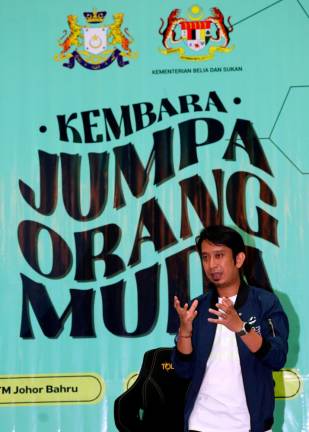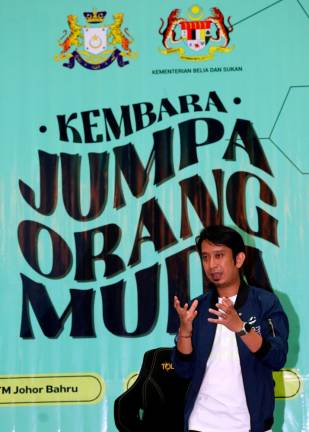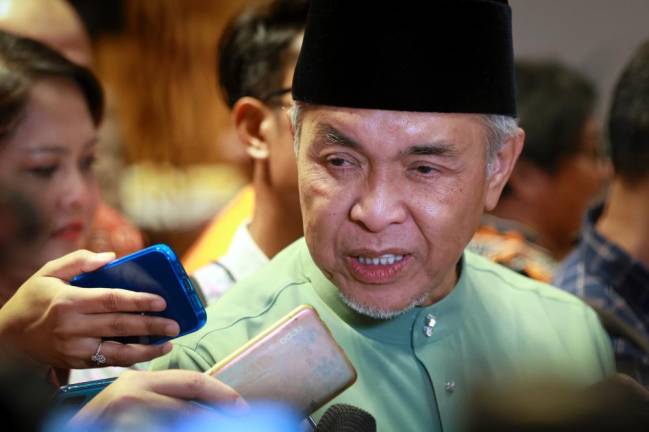HAVE you ever heard of the term “learning poverty”? It was a new term for me which I learned after listening to an engaging Keluar Sekejap podcast hosted by none other than Khairy Jamaludin and Shahril Hamdan. This term refers to the inability of a child to read and understand a simple text by the age of 10.
What is surprising is that the World Bank considers learning poverty as one of the key indicators of a country’s economic growth.
In 2023, the World Bank published a report on the state of learning poverty in Malaysia, revealing a rate of over 40%. This statistic is concerning, especially for the young generation hailing from low-income families and marginalised communities.
As a mother of two young children, I am disheartened by this situation and compelled to question the flaws in the Malaysian education system.
Upon delving into the topic of low literacy rates among students, it is evident that this is a complex issue with various underlying factors. One of the primary factors is the lack of access to quality education and resources, which is often caused by socioeconomic status and geographic location.
Additionally, inadequate teaching methodologies that fail to engage students, and language barriers for non-native speakers further compound the issue.
Interestingly, despite the widespread belief that the shift to online teaching due to the Covid-19 pandemic is solely responsible for low literacy rates, the reality is that this problem has always existed.
The pandemic has only exacerbated it by creating additional challenges such as a lack of in-person instruction and limited access to technology for some students.
As a dentist and an educator, I believe that instead of blaming others, we should focus on what we can do to bring about positive change.
Learning to read is a vital achievement that lays a solid groundwork for future success. Dentists, whether working in government or private clinics, are often invited by teachers to schools and pre-schools to participate in community engagement activities for oral health education.
However, over the years, dentists have preferred to give lectures and conduct tooth-brushing activities, which often result in one-way communication and have a lesser impact on children since it is typically a yearly one-off event.
The most anticipated aspect of these events is receiving a free toothbrush, with or without toothpaste. Thus, it is crucial to implement a more structured educational approach that not only enhances knowledge and oral hygiene habits but also fosters the development of essential skills in reading, writing, arithmetic and reasoning, known by the acronym 4Rs.
The existing evidence suggests that various techniques have been found effective, including demonstrations, distribution of printed materials, provision of oral health kits and audio resources, information technology-based methods and exhibitions.
These methods have been demonstrated to yield positive results and better engagement during activities with minimal supervision required.
To ensure that preventive information and health promotion are effectively disseminated to children, it is necessary to combine them with all materials for any intervention made available in school.
This can be achieved by integrating such information and activities into the school curriculum, extracurricular activities and any other educational materials provided to the students.
By doing so, teachers can effectively instil healthy habits and practices in children that can help them lead healthier and more fulfilling lives.
Collaboration between universities and dental clinics is highly encouraging in developing a robust module that can be used in schools, even in the absence of dental personnel. It can be beneficial in improving the quality of care provided to patients.
For example, dentists can share their clinical data with researchers to conduct studies on various treatment approaches, prevention strategies and oral health education interventions. Such studies can help dentists provide evidence-based care that is customised to the unique needs and preferences of each patient.
Additionally, academics can offer continuing education opportunities to dentists to keep them updated with the latest research findings and best practices. This can further enhance the quality of care provided by dentists to their patients.
To ensure that our oral health education programme is effective, it is important to develop modules and materials that complement the teacher’s role in nurturing 4R skills (respect, responsibility, resourcefulness and resilience) in children, especially those who are under 10 years old.
This will help to ensure that children are not only learning about oral health but are also developing important life skills that will serve them well in the future.
To achieve this, greater collaboration is needed between researchers, clinicians and teachers. By working together, we can ensure that the materials developed by our researchers are used effectively in the classroom and that clinicians are not wasting resources when conducting the programme. This will help to save time, energy and costs, while also improving the overall effectiveness of the programme.
In addition to developing modules and materials that complement the teacher’s role, it is important to ensure that they are age-appropriate, engaging and easy to understand. This will help to ensure that children are motivated to learn and can retain the information presented to them.
Finally, it is important to regularly evaluate and update the programme to ensure that it remains effective and relevant in the changing landscape of oral health education.
The writer is a dental lecturer at the Department of Paediatric Dentistry and Orthodontics at the Faculty of Dentistry at Universiti Malaya. Comments: letters@thesundaily.com










